Hachioji Geisha (Associated spots)
Introduction to associated facilities
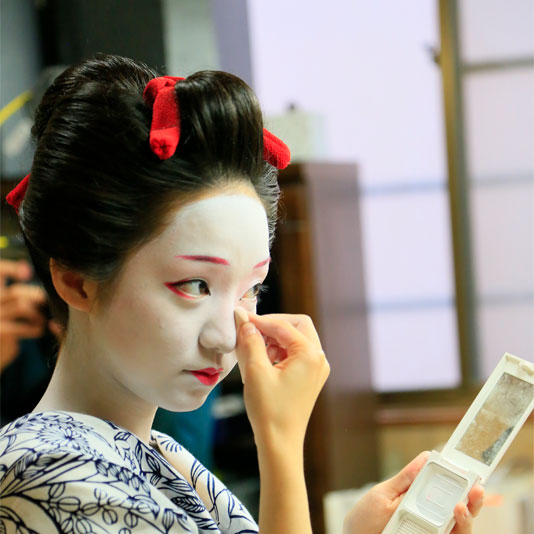
Okiya (Geisha-dwelling) “Yukinoe”
- Hachioji
- Culture
- Geisha
Megumi-san, the proprietress of Okiya “Yukinoe” has made it her mission to tell young women of the splendors of Geisha culture and of her desire to keep it alive for the first time in the 20 years that she has established Okiya “Yukinoe” as Hachioji’s Karyu-kai (Geisha industry). Currently some 9 Geisha practice dance, playing instruments and the way of tea, sharing their art with guests at Japanese dining establishments and the world.
9 – 9 Nakamachi, Hachioji City, Tokyo
TEL. 042-622-5191 (Hachioji Sangyo Association)
Introduction to tourist spots
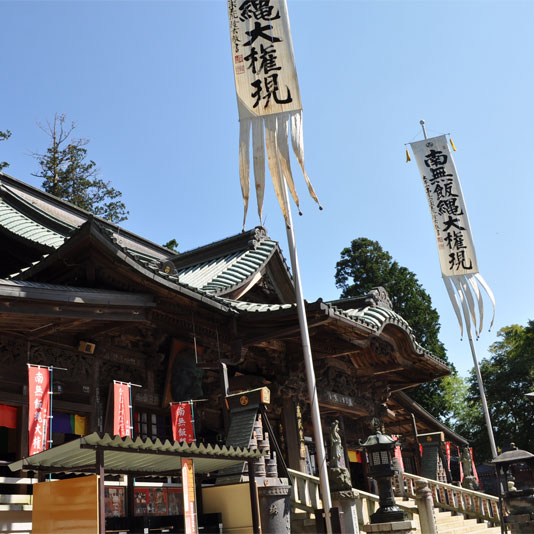
Mt.Takaosan
- Hachioji
- Trekking
- Activity
- Spot
Mount Takaosan stands at 599m above sea level and sees some 3 million tourists every year. It was selected as a Michelin 3 Star tourist spot. It features courses for beginners and suspension bridges, making for a variety of enjoyable mountain climbing experiences.
Keio line “Takaosan-Guchi” station
A cable car runs from the station.
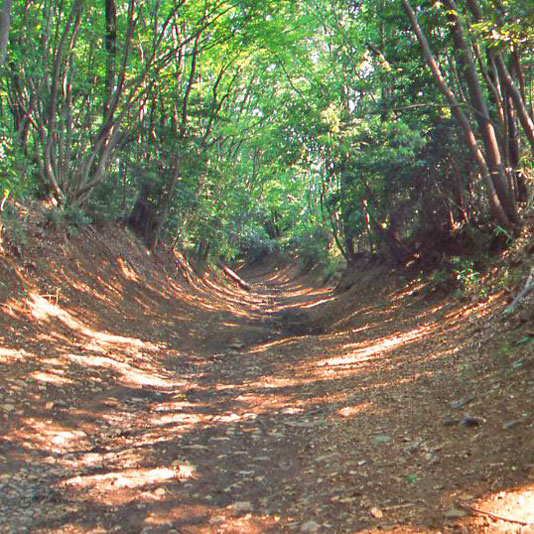
Kinu-no-Michi
- Hachioji
- Culture
- Fabric
From the end of the Edo Period (1868) to the middle of the Meiji Period (~1890) this road was used to carry raw silk thread from Hachioji to the port of Yokohama. The Hachioji area hosted an active textiles industry since days of old. Unpaved portions of the road speak of the days of old and were selected by the Ministry of Culture as one of the “Hundred Historical Roads.”
From the Keio line “Minami Osawa” station take the bus headed for Hashimoto station. Get off at the “Kinu-no-Michi Iriguchi” bus stop (the trip takes approximately 10 minutes).
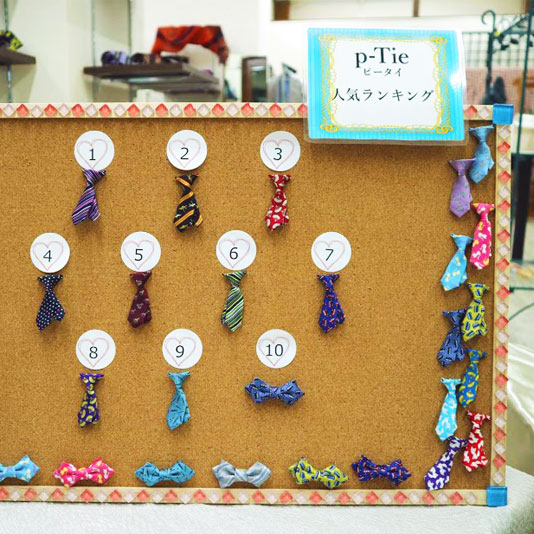
Benex; a shope directly managed by the Hachioji Textiles Manufacturing Industry
- Hachioji
- Culture
- Fabric
- Gift
We sell items made from traditional Hachioji textiles at direct sales prices. We offer a rich variety of patterned “”p-Tie”” necktie type brooch made of silk, perfect for the cool style of the seasons of Cool Biz.
11-2 Yahata machi, Hachioji city, Tokyo
From the JR Line or Keio Line “Hachioji station” take the bus headed for “Tategaoka-danchi”. Get off at the “Orimono Kumiai-mae” bus stop (the trip takes approx. 10 minutes).
Tradition / Culture
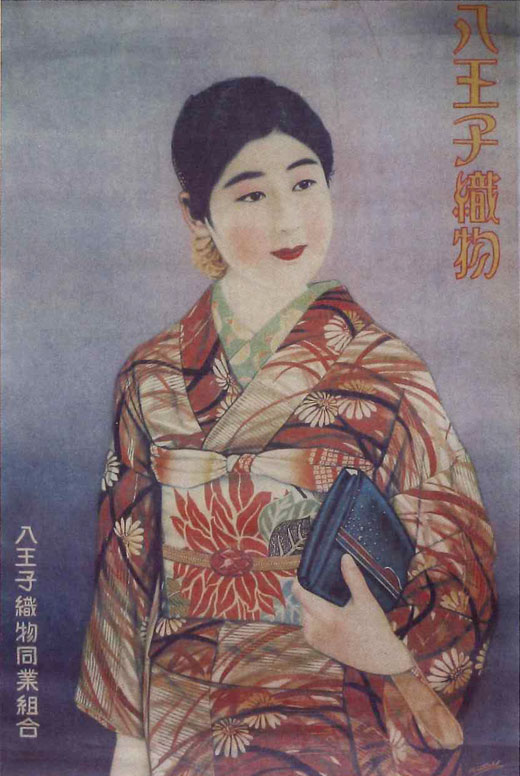
Mitakesan lodging (Shukubo)
- Hachioji
- Culture
- Fabric
Hachioji, known as the Mulberry Capital “”Soto””, has since ancient times been a center of sericulture and textile manufacturing. Due to the lack of farmable land in this area, sericulture and textile manufacturing became important sources of employment for farmers. From the Meiji Period (1868-1912) to the beginning of the Showa Period (~1913), Hachioji was not only a leading area for production, but also very successful as a result of its position as a relay point for goods heading to Yokohama for export.
At the end of the Second World War, Hachioji’s textile industry faced a dire future due to the war’s impact on exports and bombing raids. Although there were only a few factories left standing at the end of the war, with financial backing of the government, the industry showed some signs of recovery. Clothing that had been hard to find during the war sold well, and wool-based “Mon wool” became a post-war hit product.
Hachioji’s textile industry’s source fabric, “Tama-ori” was designated a traditional craft product by the Ministry of Commerce in 1970. A monument to silk, the “Kinu-no-Mai,” stands in front of the current Hachioji station, welcoming all visitors.
Introducing long established stores/Tama’s Gourmet
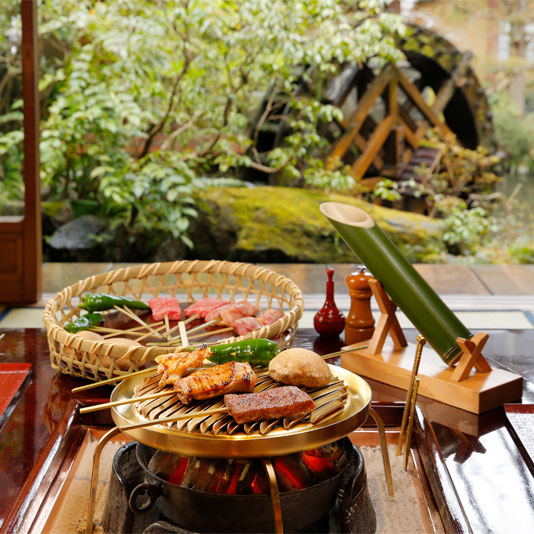
UKAI
- Hachioji
- Food
- Japanese food
During his visit to Japan, American President Trump met with Japan’s Prime Minister Abe at the “Ginza Ukai-tei”, the main branch is located in Hachioji. Four restaurants exist in the city “Hachioji Ukai-tei”, “Ukai Toriyama” etc. Surrounded by greenery, these restaurants offer selected dishes and hospitality like no other.

Mt.takaosan “Tororo Soba”.
- Hachioji
- Food
- Soba
Many Soba’s restaurants stand in a line along the Mount Takao’s shrine road and the highway “Koshu-kaido” from midway-up to the mountain’s summit. The most representative of the Soba varieties is “Tororo Soba”. It is said that in days of old, this Soba dish was first offered to worshippers visiting the Yakuo-in Temple as a way to stave off tiredness. Its high-nutritional value natural potato topping and easily digestible Soba made for an energizing meal.


